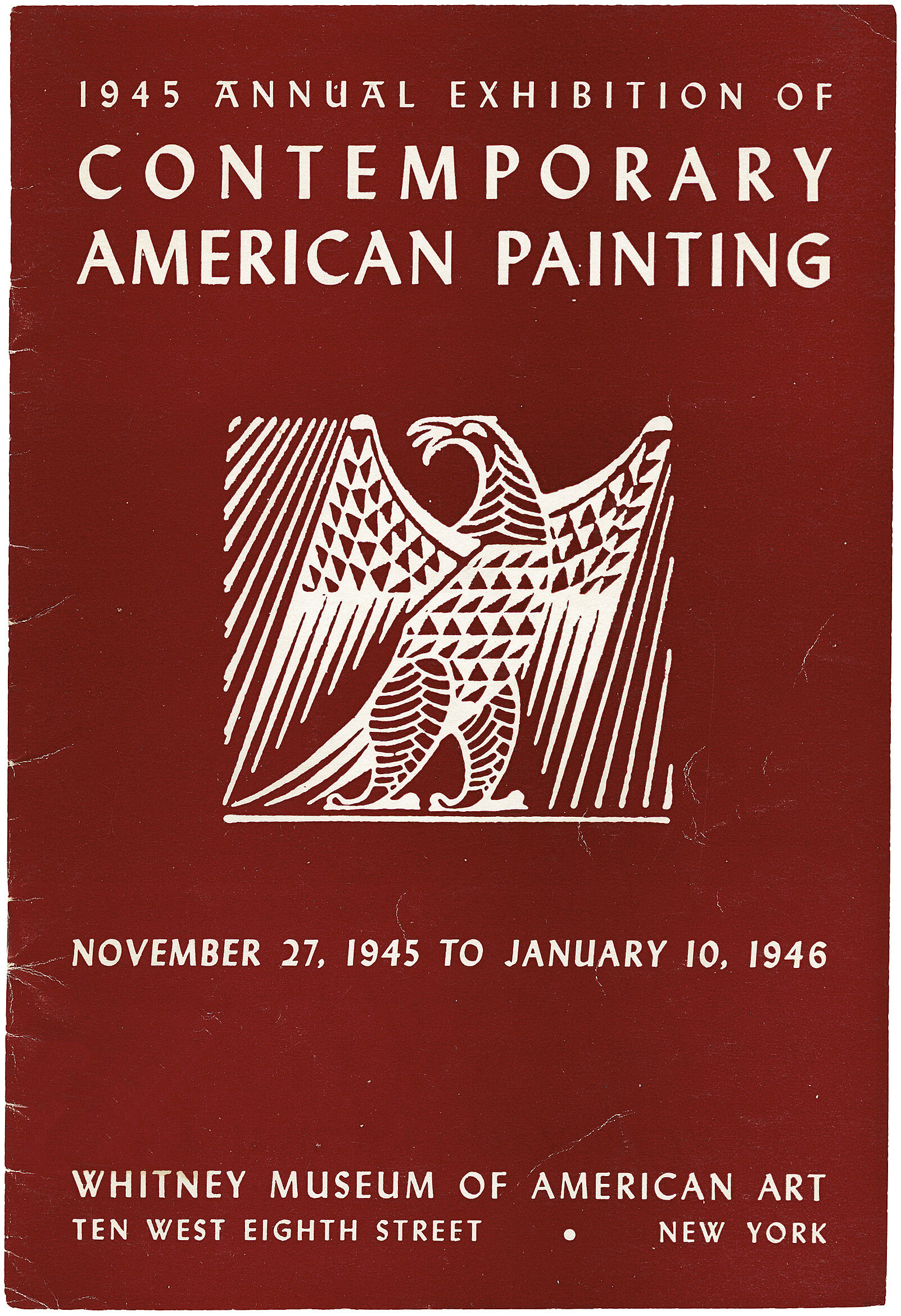Louise Bourgeois
1911–2010
Louise Bourgeois produced an extensive body of sculpture, drawings, and prints over the course of a career that spanned seventy-five years. Although the early work Quarantania is semiabstract, the elongated pine slabs of which it is made evoke a huddle of human figures. Indeed, Bourgeois described them as effigies of the family members and friends she missed when she moved to the United States in 1938. If this sculpture was partly a means of working through homesickness and guilt, its suggestion of tribal totems and primitive rituals ties it to contemporaneous endeavors by expatriate Surrealists working in New York in the 1940s, a community in which Bourgeois took part. She turned away from Surrealism in the 1950s, however, and also rejected the wholesale abstraction of the New York School painters with whom she often exhibited. Instead, she spent the ensuing six decades honing a three-dimensional practice that utilized various materials (including stone, plaster, fabric, and latex) in a wide range of shapes and scales to plumb the connections between body, psyche, and subjectivity. By turns aggressive and violent, vulnerable and sensual, her biomorphic, erotic forms often seem to symbolize the realization of subconscious drives or the exorcizing of latent desires.
If these are universal themes, other elements of Bourgeois’s art are deeply personal. The anthropomorphized arachnid pictured in Spider Woman is one of the artist’s iconic motifs and was for her a maternal emblem, at once protective and threatening. Bourgeois described her own mother, who helped run the family’s tapestry restoration business, as “neat, and as useful as a spider,” declaring, “I shall never tire of representing her.”
Introduction
Louise Joséphine Bourgeois (French: [lwiz buʁʒwa] ; 25 December 1911 – 31 May 2010) was a French-American artist. Although she is best known for her large-scale sculpture and installation art, Bourgeois was also a prolific painter and printmaker. She explored a variety of themes over the course of her long career including domesticity and the family, sexuality and the body, as well as death and the unconscious. These themes connect to events from her childhood which she considered to be a therapeutic process. Although Bourgeois exhibited with the abstract expressionists and her work has a lot in common with Surrealism and feminist art, she was not formally affiliated with a particular artistic movement.
Wikidata identifier
Q159409
Information from Wikipedia, made available under the Creative Commons Attribution-ShareAlike License . Accessed November 26, 2025.
Introduction
Known primarily for her sculptures in wood, steel, stone, or cast rubber, she also produced prints and works on paper in her long career.
Country of birth
France
Roles
Artist, author, engraver, gallery director, graphic artist, installation artist, manufacturer, painter, pastelist, pen draftsman, performance artist, sculptor, teacher
ULAN identifier
500057350
Names
Louise Bourgeois, Louise Goldwater
Information from the Getty Research Institute's Union List of Artist Names ® (ULAN), made available under the ODC Attribution License. Accessed November 26, 2025.

































